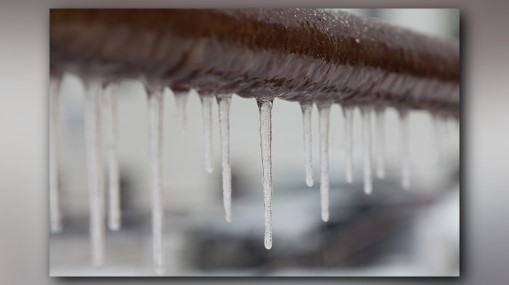Have you been interested in help and advice concerning How to prepare your home plumbing for winter weather?

Cold weather can wreak havoc on your plumbing, particularly by freezing pipes. Right here's exactly how to stop it from occurring and what to do if it does.
Intro
As temperatures decline, the danger of frozen pipes boosts, potentially causing costly repairs and water damage. Recognizing exactly how to prevent icy pipes is critical for home owners in cold environments.
Understanding Icy Pipes
What creates pipes to ice up?
Pipelines ice up when exposed to temperatures below 32 ° F (0 ° C) for extended periods. As water inside the pipes freezes, it broadens, putting pressure on the pipe walls and possibly creating them to break.
Threats and damages
Frozen pipes can cause supply of water interruptions, building damages, and pricey repairs. Burst pipes can flood homes and cause comprehensive structural damage.
Indications of Frozen Water Lines
Recognizing icy pipes early can prevent them from rupturing.
Just how to identify icy pipes
Search for lowered water flow from faucets, unusual odors or sounds from pipes, and visible frost on subjected pipelines.
Avoidance Tips
Protecting vulnerable pipelines
Cover pipes in insulation sleeves or use warm tape to secure them from freezing temperatures. Concentrate on pipelines in unheated or external locations of the home.
Heating techniques
Keep interior spaces sufficiently heated up, especially locations with pipes. Open cabinet doors to permit cozy air to circulate around pipelines under sinks.
Securing Outside Plumbing
Yard hose pipes and outdoor taps
Disconnect and drain yard hose pipes prior to winter season. Mount frost-proof spigots or cover exterior taps with protected caps.
What to Do If Your Pipelines Freeze
Immediate actions to take
If you think icy pipes, keep faucets open up to alleviate stress as the ice thaws. Use a hairdryer or towels soaked in warm water to thaw pipelines gradually.
Long-Term Solutions
Structural adjustments
Think about rerouting pipes away from outside walls or unheated areas. Include extra insulation to attics, cellars, and crawl spaces.
Upgrading insulation
Invest in top notch insulation for pipelines, attics, and wall surfaces. Correct insulation helps keep constant temperatures and lowers the risk of icy pipelines.
Verdict
Protecting against icy pipes requires proactive actions and fast reactions. By understanding the causes, indicators, and safety nets, home owners can safeguard their pipes throughout cold weather.
5 Ways to Prevent Frozen Pipes
Drain Outdoor Faucets and Disconnect Hoses
First, close the shut-off valve that controls the flow of water in the pipe to your outdoor faucet. Then, head outside to disconnect and drain your hose and open the outdoor faucet to allow the water to completely drain out of the line. Turn off the faucet when done. Finally, head back to the shut-off valve and drain the remaining water inside the pipe into a bucket or container. Additionally, if you have a home irrigation system, you should consider hiring an expert to clear the system of water each year.
Insulate Pipes
One of the best and most cost-effective methods for preventing frozen water pipes is to wrap your pipes with insulation. This is especially important for areas in your home that aren’t exposed to heat, such as an attic. We suggest using foam sleeves, which can typically be found at your local hardware store.
Keep Heat Running at 65
Your pipes are located inside your walls, and the temperature there is much colder than the rest of the house. To prevent your pipes from freezing, The Insurance Information Institute suggests that you keep your home heated to at least 65 degrees, even when traveling. You may want to invest in smart devices that can keep an eye on the temperature in your home while you’re away.
Leave Water Dripping
Moving water — even a small trickle — can prevent ice from forming inside your pipes. When freezing temps are imminent, start a drip of water from all faucets that serve exposed pipes. Leaving a few faucets running will also help relieve pressure inside the pipes and help prevent a rupture if the water inside freezes.
Open Cupboard Doors
Warm your kitchen and bathroom pipes by opening cupboards and vanities. You should also leave your interior doors ajar to help warm air circulate evenly throughout your home.

As a serious person who reads on Preventing and dealing with frozen pipes, I thought sharing that blog post was essential. For those who appreciated our blog posting please make sure you remember to share it. Bless you for your time. Revisit us soon.
Information Here